This armor is composed of the following elements: A toppai-shaped helmet (kabuto) in natural iron with 16 blades from the Saotome workshops, fitted with a neck protection ( shikoro) with 3 black lacquered iron blades braided in orange silk sugake.
Signed Saotome Iechika Period: mid edo (late 17th century) Toppai-shaped helmets are rarer in the production of Saotome workshops.
Quality steel with perfect fits always remarkable in their production. Beautiful finishes with a bonji (Sanskrit writing) representing the Buddhist deity Fudo-myo applied to the front blade, brass ken which descend on the blades of the bomb, as well as this series of rivets (zabochi) around the base and its little iron teen at the top lends a discreet but very present lux and a great martiality very popular on this type of piece. A mask (menpo) in natural iron of the ryubu type Atelier Iwai Mask with a sober look, and a beautiful presence An okegawa byotoji do type breastplate in natural iron. Constructed with blades riveted together horizontally. byotoji for the rivets deliberately visible on the surface of the armor. Here too, beautiful steel and careful finishing. A rare detail, this small door on the right side which allows on the one hand access to the interior of the breastplate, and also as it was sometimes customary to slip inside a brocade or felt pouch that we often found on medieval armor called (hanagami bukuro) Attached to this breastplate are the gyoyo which protect the strap cords on the front. The thigh protectors (kusazuri) have the usual number of 7 rows. You will notice the small inome (boar's eye) on the last blades of each row, a symbol of strength and courage. To complete this do, a pair of shoulder protection (sode). Here, these are O sode (large shoulder pads) these dimensions refer to medieval armor which was to protect against arrows. Sleeve under skirt and shin guards form a suite called sangu (3 pieces) Sleeves (kote) in sabi nuri lacquered iron (imitation of rusty iron) Under skirt (aidate) in lacquered leather plate Shin guard (suneate) in lacquered iron sali nuri This armor is accompanied by its transport case







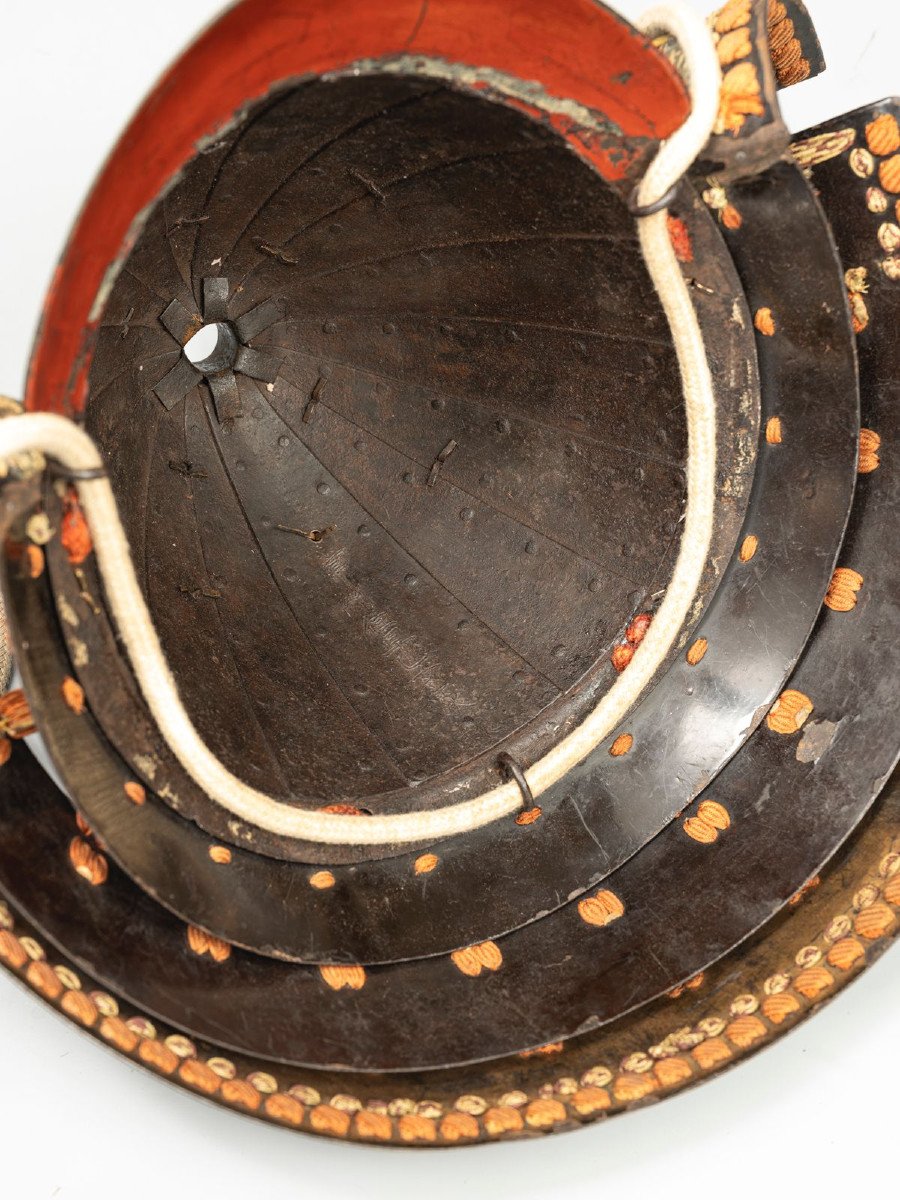




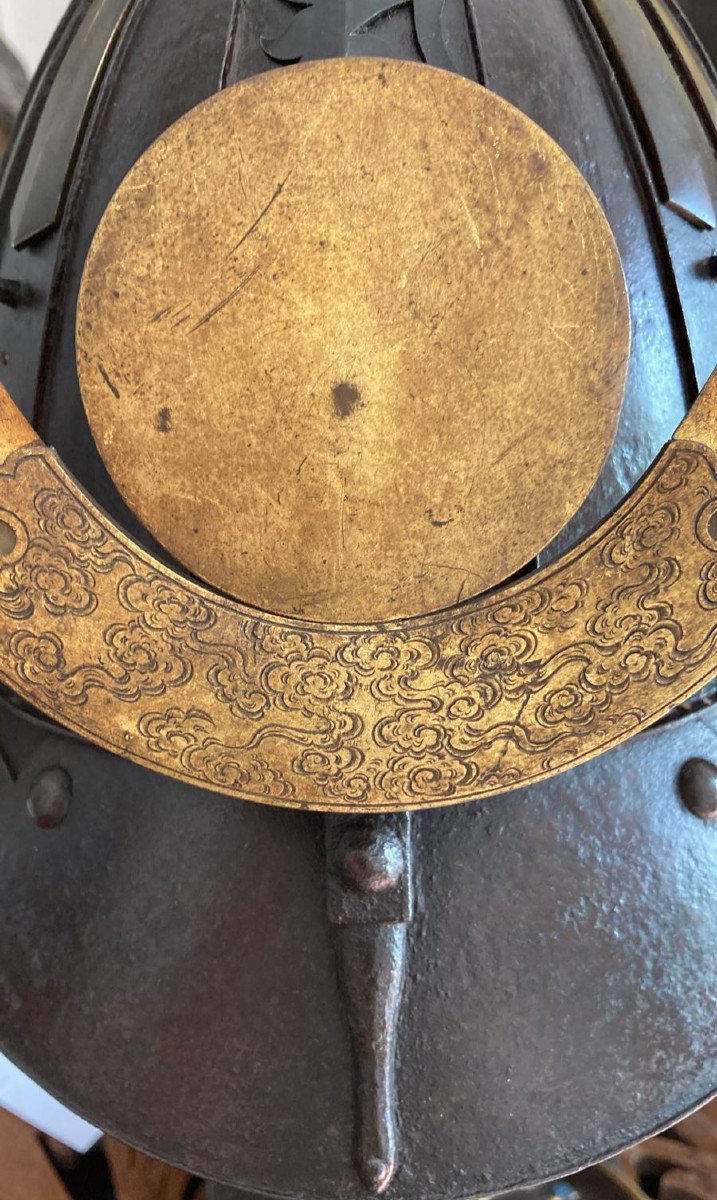

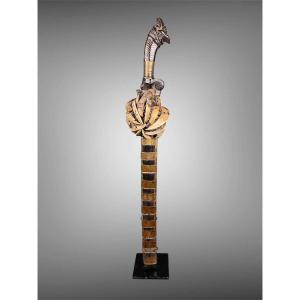
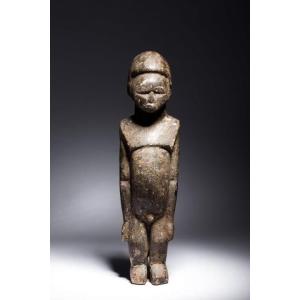



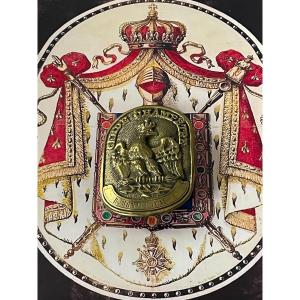




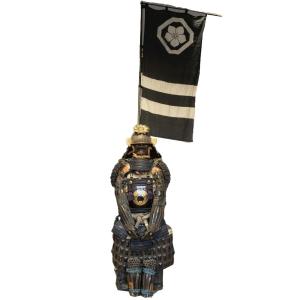



 Le Magazine de PROANTIC
Le Magazine de PROANTIC TRÉSORS Magazine
TRÉSORS Magazine Rivista Artiquariato
Rivista Artiquariato
